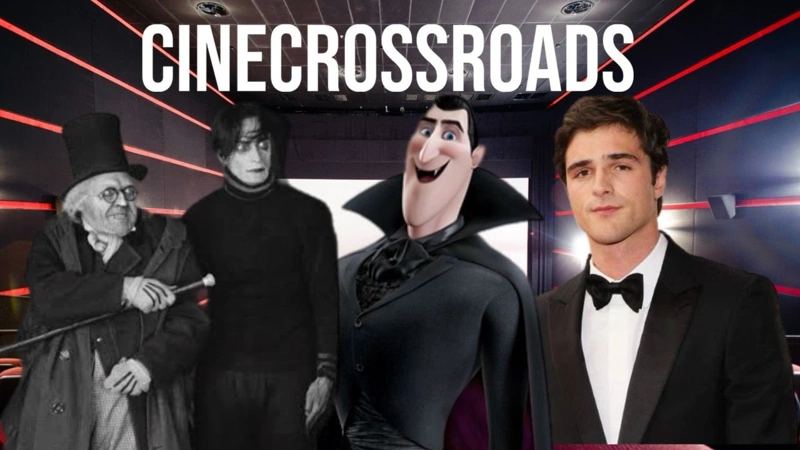CineCrossroads: “Frankenstein,” “The Cabinet of Dr. Caligari,” and “Hotel Transylvania”
Weekends are made for cinematic discoveries. In this edition of CineCrossroads — a modern reimagining of the legendary monster, a silent-era classic that defined horror itself, and a family comedy that turns the genre upside down. A Kazinform News Agency correspondent wishes you a thrilling and cozy watch.

Movie of the Week — Frankenstein (2025)
Guillermo del Toro’s long-awaited adaptation finally comes to Netflix, uniting Oscar Isaac as the tormented scientist and Jacob Elordi as the Creature.
Del Toro remains true to Mary Shelley’s spirit, infusing the story with gothic tenderness. This is not a horror film, but rather a meditation on the agony of creation — on a man attempting to play God, and the desolate loneliness that follows.
Visually, Del Toro is once again impeccable. Gothic mansions rise from the mist, stitched flesh becomes a metaphor for moral scars, and every frame glows with tragic beauty. It’s no longer just cinema but a Renaissance painting come alive: gothic landscapes, palaces, crypts, and the Arctic void reflect the inner worlds of the characters. Even the coffins are hauntingly beautiful.
Classic Pick — The Cabinet of Dr. Caligari (1920)
Robert Wiene’s The Cabinet of Dr. Caligari remains one of the most influential works in cinema history. This masterpiece of German Expressionism forever changed how we perceive horror, psychology, and film itself.
The story begins simply: two men talking in a park, but reality soon fractures. We enter the town of Holstenwall, where the mysterious Dr. Caligari appears with his hypnotized somnambulist Cesare, who has slept for twenty-three years. When Cesare begins to commit murders, panic spreads through the town.
Who is the killer, who the doctor, and who the patient? Where does the nightmare end and the asylum begin? Even after the film ends, these questions remain unanswered.
The true horror of Caligari lies not in the killings but in the atmosphere. The town looks like a fever dream: walls twist, streets bend at unnatural angles, and shadows are painted directly onto the sets. Everything is distorted — like the mind of a madman.
Family Choice — Hotel Transylvania (2012)
Genndy Tartakovsky’s first feature film turns gothic gloom into a warm, human story. Hotel Transylvania is a place where monsters take a break from humans — and Count Dracula transforms from a terrifying lord of the night into a caring father. His daughter Mavis dreams of seeing the world beyond the castle, but when a naive tourist stumbles into the hotel, everything changes.
The humor is quick, the animation vivid, and the message timeless: even monsters need love, acceptance, and freedom. Beneath the jokes lies a heartfelt tale of growing up, of parents’ fear of letting go, and of how love disguised as control can be as frightening as the dark itself.
Tartakovsky brings together every monster of global culture — Frankenstein, the Mummy, the Werewolf, the Invisible Man — but makes them kind, funny, and irresistibly charming.
Earlier, Kazinform News Agency’s CineCrossroads spotlighted Luc Besson’s “Dracula: A Love Tale” — a gothic reflection on eternal love and faith, William Wyler’s timeless romantic gem “Roman Holiday”, and DreamWorks’ “How to Train Your Dragon”, a moving story about friendship between a boy and a dragon.
